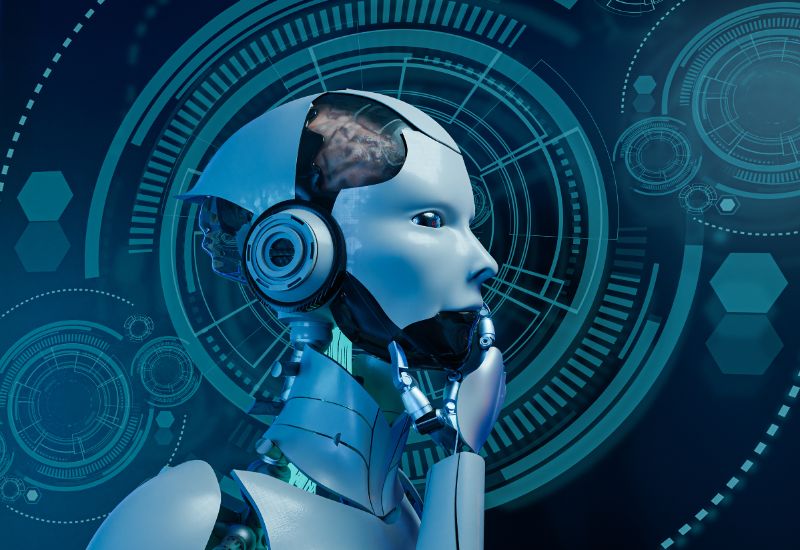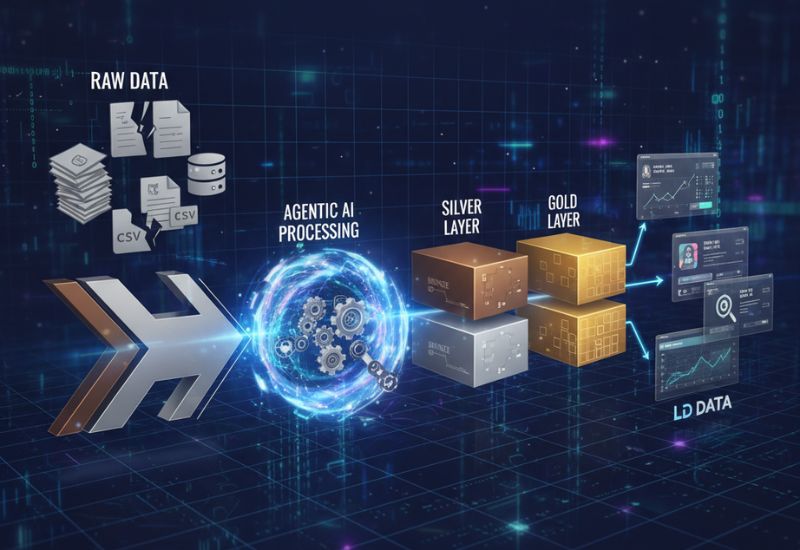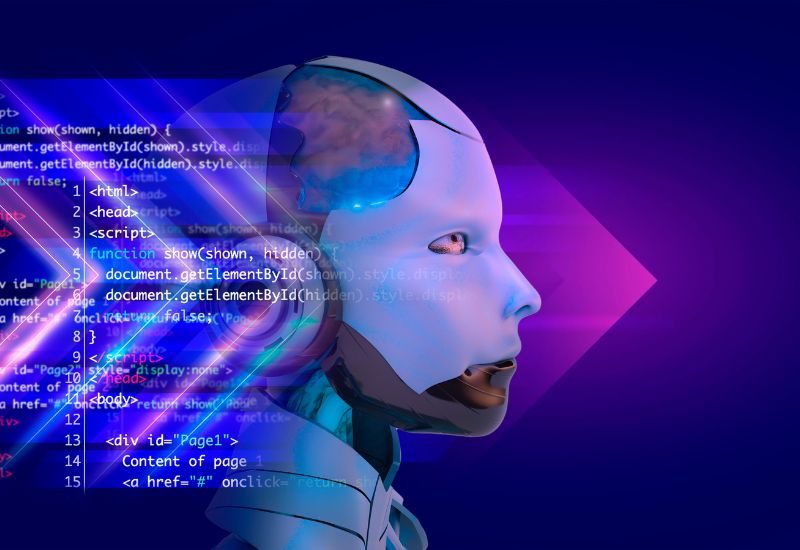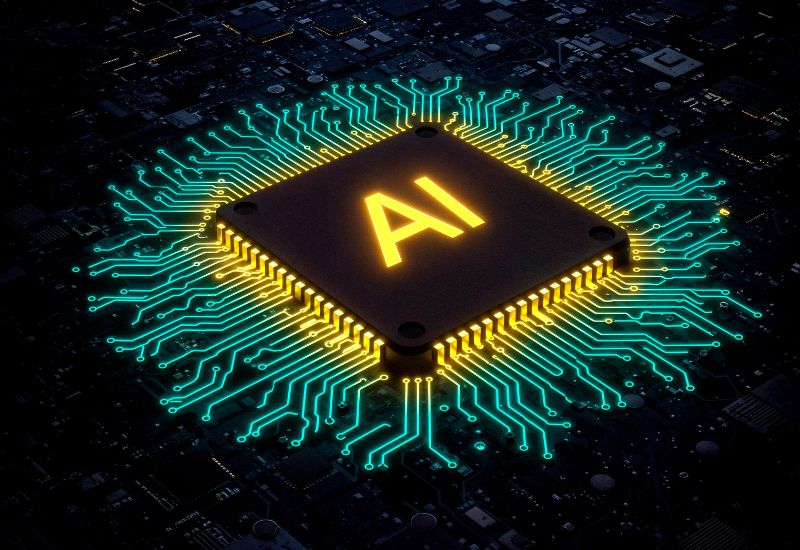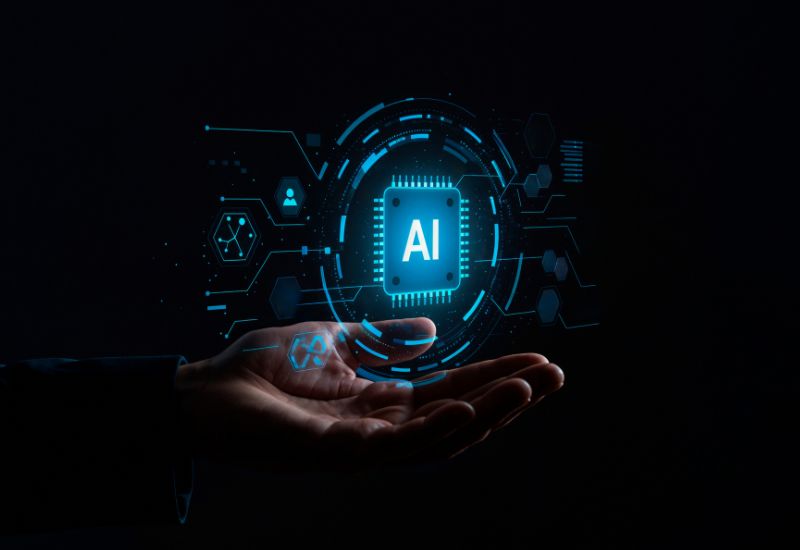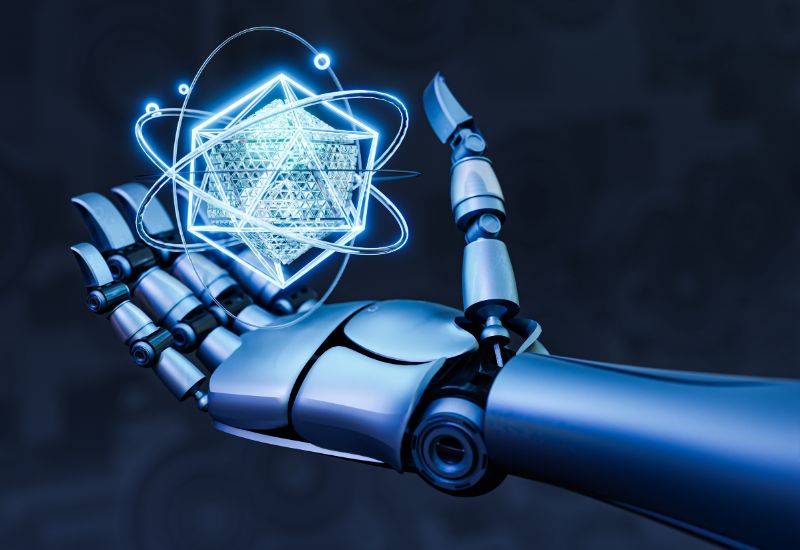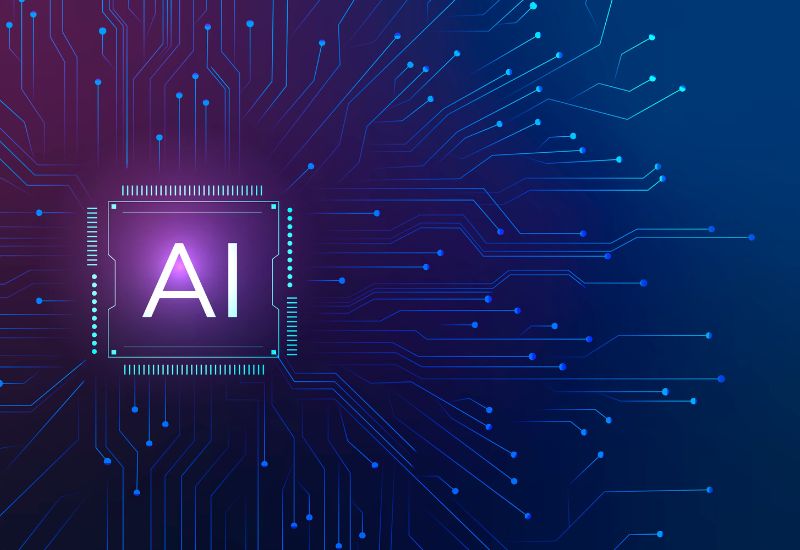Generative AI has rapidly moved beyond experimentation and entered core business functions across industries. With advances in foundation models, natural language processing, and multimodal capabilities, generative AI use cases are transforming how companies innovate, operate, and deliver value.
From marketing and healthcare to supply chain and finance, the applications of AI use cases by industry are expanding, and 2025 is expected to witness even deeper integration of these technologies.
A recent McKinsey & Company survey revealed that 65% of organizations use generative AI in at least one business function, nearly double compared to just 10 months earlier, signaling a rapid shift from experimentation to operational impact. Yet despite this momentum, only 1% of companies report reaching AI maturity, meaning full integration and consistent, measurable business outcomes. Gartner predicts that by the close of 2025, 30% of generative AI initiatives will be dropped, mainly because of challenges like poor data quality, high costs, weak risk management, and vague ROI expectations. These figures highlight both the extraordinary promise and practical hurdles that businesses face when unlocking the full potential of generative AI.
Top 10 Generative AI Use Cases Across Industries
1. Generative AI in Marketing
Generative AI use cases in marketing include automated content creation, campaign optimization, and audience targeting. Models trained on behavioral and transactional data generate ad copy, product descriptions, emails, and social media content tailored to segmented audiences.
These systems evaluate performance metrics to identify effective content patterns and apply them to future campaigns. This enables marketing teams to increase content volume and maintain message consistency. Among gen AI use cases in marketing, personalization at scale remains a primary focus.
Example:
A retail brand leverages a generative AI platform to create product descriptions based on inventory metadata and customer behavior. The platform also generates multiple ad copy variations for A/B testing, automatically selecting the highest-performing version for broader campaign rollout.
2. Generative AI in Healthcare
Generative AI use cases in healthcare focus on optimizing pharmaceutical research and automating clinical documentation. In drug development, models simulate molecular interactions, generate synthetic trial data, and support compound screening, reducing time and cost in early-stage R&D.
In clinical environments, generative AI tools transcribe physician interactions and summarize consultations into structured electronic health records. These tools minimize the need for manual data input and ensure quick access to reliable patient records.
Example:
A biotechnology company applies generative models to simulate compound-target binding for drug candidates. Simultaneously, a hospital network uses an AI transcription system to convert verbal diagnoses into EHR entries, streamlining the documentation workflow and increasing data accuracy.
3. Generative AI in Customer Service
Generative AI use cases in customer service focus on automating responses, classifying intent, and managing escalation flows. Models trained on historical tickets and interaction logs generate accurate replies and route unresolved cases based on complexity.
These systems are integrated across multiple channels, including chat, email, and voice, ensuring consistent support experiences and adherence to service-level protocols. This is a leading AI use case in customer services, aimed at improving resolution efficiency and reducing operational costs.
Example:
A telecom provider deploys a generative AI system to handle support queries. It resolves standard requests like billing updates or service resets and automatically escalates complex issues to live agents, attaching a summary of the conversation for context continuity.
4. Generative AI in Data Analytics
Generative AI use cases in data analytics enable users to interact with data through natural language queries. These systems convert text-based questions into structured data operations, such as SQL or API calls, and present results in visual or tabular form.
Common applications include trend analysis, anomaly detection, and automated reporting. These tools enhance accessibility to insights across business units, reducing dependence on dedicated analytics teams. This is among the fastest-growing use cases for generative AI in data-driven organizations.
Example:
An enterprise implements a generative analytics assistant that allows department managers to ask questions like “What were the top-performing products by region last quarter?” The system interprets the query, generates the required data logic, and returns interactive dashboards without analyst support.
Read A Complete Guide on Generative AI in Data Analytics
5. Generative AI in Manufacturing
Generative AI use cases in manufacturing include automated product design and predictive maintenance. In design workflows, models generate multiple CAD configurations based on load, weight, and performance criteria, allowing rapid iteration during early-stage development.
For maintenance, AI systems process real-time sensor data from industrial machinery to identify wear patterns and forecast component failure. This minimizes unexpected downtime and supports continuous production. These applications align with recent AI in manufacturing case study findings showing increased efficiency and cost reduction.
Example:
An automotive parts manufacturer uses a generative design system to create chassis frame alternatives optimized for strength and material efficiency. At the same time, a predictive maintenance platform analyzes vibration and thermal sensor inputs from CNC machines, triggering service alerts before performance degradation occurs.
6. Generative AI in Supply Chain
Generative AI use cases in supply chain management focus on scenario simulation, demand forecasting, and inventory optimization. These systems generate synthetic data to model disruptions, such as transportation delays or demand shifts, enabling proactive planning under uncertain conditions.
By integrating generative models with logistics and inventory systems, companies can optimize routes, allocate resources efficiently, and reduce the risk of overstocking or stockouts. This represents a key AI use case in supply chain operations aimed at improving responsiveness and reducing operational risk.
Example:
A consumer goods company deploys generative models to simulate delivery interruptions caused by weather events. Based on predictive demand, the system automatically adjusts shipment schedules and repositions inventory across regional warehouses to maintain consistent service levels.
7. Generative AI in Finance
Generative AI use cases in finance involve automating the creation of financial reports, simulating risk events, and detecting anomalies in transactional data. Models trained on structured financial inputs generate summaries, flag inconsistencies, and assist with regulatory documentation.
These systems reduce manual workloads by streamlining routine financial processes, increasing reporting accuracy, and improving audit readiness. Among the expanding AI use cases by industry, finance continues to adopt generative tools for operational efficiency and compliance.
Example:
An investment firm uses a generative AI platform to generate quarterly portfolio reports. The system produces automated commentary on performance, identifies shifts in asset allocation, and models stress scenarios based on macroeconomic indicators to assess exposure risk.
8. Generative AI in Legal and Compliance
Generative AI use cases in legal and compliance focus on contract creation, document review, and regulatory checks. Trained on legal datasets, these models generate standard clauses, identify inconsistencies, and ensure adherence to internal and external policies.
This application reduces manual processing time and supports consistent legal documentation across departments, making it one of the growing generative AI use cases by industry.
Example:
A global enterprise uses a generative AI platform to auto-generate service agreements based on input variables such as jurisdiction and scope. The system also scans incoming third-party contracts to identify deviations from compliance standards and flags potential legal risks.
9. Generative AI in Education
Generative AI use cases in education include the automated development of learning materials, assessment tools, and instructional simulations. AI models generate lesson plans and quizzes tailored to curriculum standards and individual learning objectives.
Virtual tutoring systems use generative models to deliver explanations, evaluate responses, and adjust difficulty levels in real time. These use cases for AI support scalable, personalized instruction across various academic domains.
Example:
An edtech platform integrates a generative AI engine to create subject-specific practice tests based on a student's previous performance. The system also delivers real-time feedback on incorrect answers and generates supplementary materials to target weak areas.
10. Generative AI in Media and Entertainment
Generative AI use cases by industry in media and entertainment include automated script generation, visual asset creation, and content localization. Models are trained on film scripts, dialogue patterns, and production guidelines to support the development of narrative content across formats.
Studios also apply generative AI to adapt media into multiple languages, synchronize lip movements, and adjust regional references, improving scalability for international distribution.
Example:
A streaming platform uses generative AI to generate initial drafts of short-form scripts based on target genre and audience demographics. The same system localizes the approved scripts into several languages, enabling simultaneous multi-region release.
Read A Complete Guide on Generative AI.
Conclusion
What was once considered futuristic, generative AI is now a current reality. It is already changing how industries work today. From creating marketing content to helping doctors with medical records, its use is growing across every field.
Companies that start using these tools now are seeing better results, faster processes, and new ways to serve their customers. As the technology continues to improve, it will open up even more useful and practical applications.
If you're thinking about using generative AI in your business, now is a good time to explore where it can add the most value and start small with clear goals.

